Spike Lee has done more than make a name for himself over the years. He is not only one of the most renowned filmmakers of all time, but also a director who has steadily released films for decades, standing alongside Martin Scorsese, Christopher Nolan, and Paul Thomas Anderson—visionaries whose prolific careers continue to remain vital and influential today. One of the remarkable aspects of such a career is that it offers the chance to witness not only the broader evolution of cinema across decades, but also the way directors refine, reshape, and deepen their personal style the longer they remain at work.
When you revisit Spike Lee’s debut, “She’s Gotta Have It,” you find that while it still holds up, it unmistakably bears the marks of its era. It was shot in black and white, and the quality of the picture is notably different even after being restored over the years. The characters’ natural hair is made to look even softer and fuzzier than in real life, and the contours of scenes were not at all harsh. The characters are dressed for the decade, with 1980s sports logos and businesswear sprinkled in the costume design. Compare this with Lee’s latest film, “Highest 2 Lowest.” The picture is sleek and clear, like many movies with a decent budget in today’s age are.
You are met with images of modern New York buildings, fashionable music accessories, and professional studio booths. It was wonderful to see how Lee has evolved and be reminded of his vigor to continue to create, especially with such a currently relevant production company like A24. “Highest 2 Lowest” focuses on themes that Spike Lee has been passionate about his whole career, such as how class and the world of music resonate with people in the Black community.
The movie revolves around David King, played by Denzel Washington, who is a high-level record producer planning on making a huge investment in the music industry. After both his son and godson are held for ransom, he has to decide how willing he is to put up the money and potentially disrupt his future career plans. With David being seasoned in the industry and all the Black talent that has come with it, the movie highlights the inner turmoil in the Black community in a visually appealing and creative way.
One of Spike Lee’s signatures is the visual references to Black culture in different movie scenes. While some movies have characters that are meant to exist in a version of reality outside of our own, Spike Lee grounds his film in the here and now by mentioning historic figures. His efforts send a message that the Black community defies all dimensions of storytelling and can be brought together with the proper cultural connections. A majority of the film takes place in the King residence, where family members and detectives stake out to negotiate the terms for the kidnapping. The home is adorned with Black artwork, including many large paintings by Jean-Michel Basquiat and Kehinde Wiley.
The inclusion of these works isn’t only a nod to the cultured connection the King family has to Black artistry, but it also signals the family’s wealth. A Basquiat painting goes for millions of dollars, and Wiley was commissioned to paint the portraits of both Barack and Michelle Obama, aligning the family with greatness and luxury. Being in the music industry, there is also a myriad of imagery regarding Black musicians, with framed pictures of artists like Marvin Gaye and Stevie Wonder popping into frame every now and then.
David routinely calls upon these musicians when overcome with emotion, signaling that he does have a personal connection to the work he does, and the images in his house aren’t purely performative. The images of Black wealth are essential to the movie’s moral dilemma, as David begins to question whether you truly have to sacrifice culture for money, and vice versa.
Explore: 25 Impactful And Uplifting Movies About Black People
David was more than willing to pay a 17.5 million ransom to save his son; however, when his godson ended up being the one who was kidnapped, he was unsure. Of course, no amount of money should be comparable to a human life, but David is painfully honest in his hesitation, and we, as an audience, have a deeper understanding of why. It isn’t merely about the sum of money, but about where that money would be invested. David has built a highly successful career on the cultural power of music, and he wants to channel that success toward meaningful contribution. His choice forces him to weigh the impact of helping a single Black youth directly against the possibility of creating something with a broader, lasting influence on Black youth as a whole.
He’s confronted with this dynamic further when he meets the man who kidnapped his godson, Yung Felon, played by A$AP Rocky. Before he even gets a chance to meet Yung Felon, he is greeted by his family first. His girlfriend and son, who is just a baby, meet David in the doorway of the apartment of the man who made his life a living hell for the past few days.
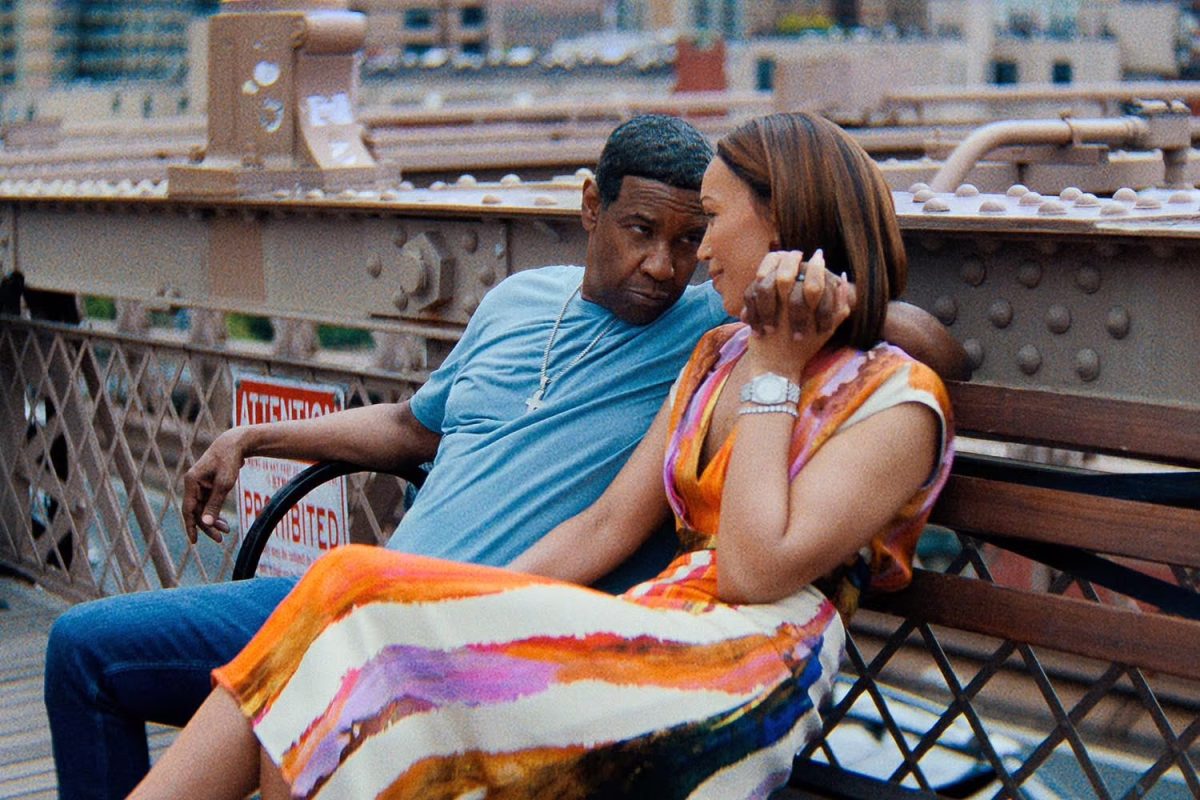
The apartment is small and on the rougher side of town, and immediately, the audience understands why Yung Felon would want millions of dollars. The two live in different worlds, but they became connected not just through a ransom, but through David’s keen sense of music that led him there. As the three of them sit down at a table in the apartment, the girlfriend shares how big a fan her boyfriend is of David and how he talks about him constantly, revealing that there are layers to this rivalry.
In the same way, David didn’t immediately rescue his godson despite loving him, Yung Felon didn’t mind harming David despite admiring him. The movie unmasks a sort of “crabs in a bucket” mentality that the Black community has grappled with for years. In the same way, the community has love and admiration for one another; those feelings can turn into holding each other back in order to fulfill one’s own interests. This is seen a lot when Black people find success and transition into a more affluent lifestyle, despite their kinship with their roots. The push and pull dynamic is best exemplified during the scenes where David and Yung Felon come face to face.
The first faceoff takes place in Yung Felon’s studio, where they have an impromptu rap battle, a literal competition to show off their respective musical creativity, showing how the newer generation and older generation can have so much conflict while also having so much in common. The movie ends with Yung Felon making a final plea to collaborate with David, but after being rejected, he’s violently pulled away from the guards and is locked up for good. Shortly thereafter, David decides that his next career move is to start a family record label. The final scene consists of a new artist auditioning for David, who is accompanied by his son and wife. In a full circle moment, the artist reveals that the name of her audition song is “Highest 2 Lowest” and is signed.
In full reflection, “Highest 2 Lowest” is about how one’s passions can dictate how one navigates life and becomes a magnet for polarization. The more you align yourself with certain values, the more pressure you may feel about just how much you live up to them. In the end, David King makes good choices, but those decisions weren’t made without a great deal of hesitancy. Having such a faithful outlook on Black music, he faced an existential crisis about what his role in the community was, but ultimately was strong enough to humble himself and confront the issues head-on. In the end, no matter what life’s biggest extremes are, you have to have a grounded outlook to get you through the highs and lows.

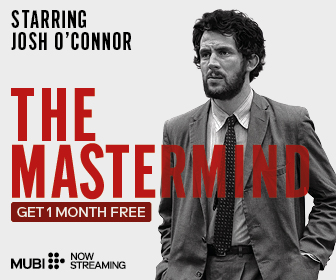

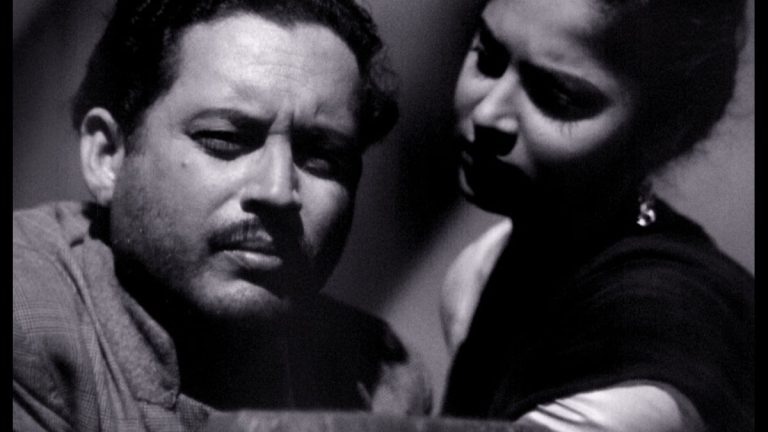
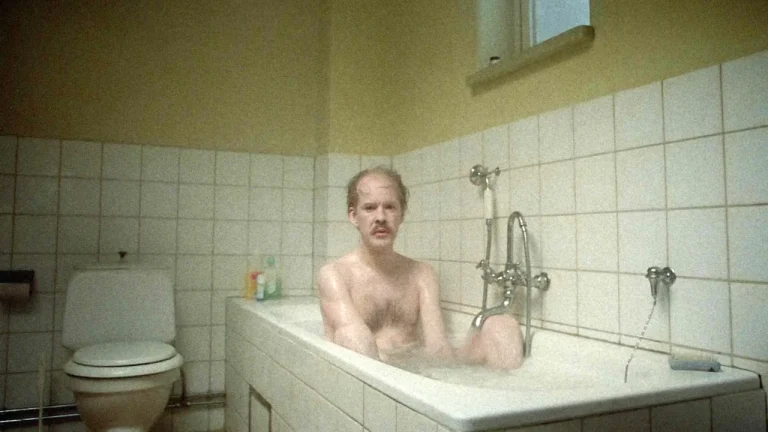


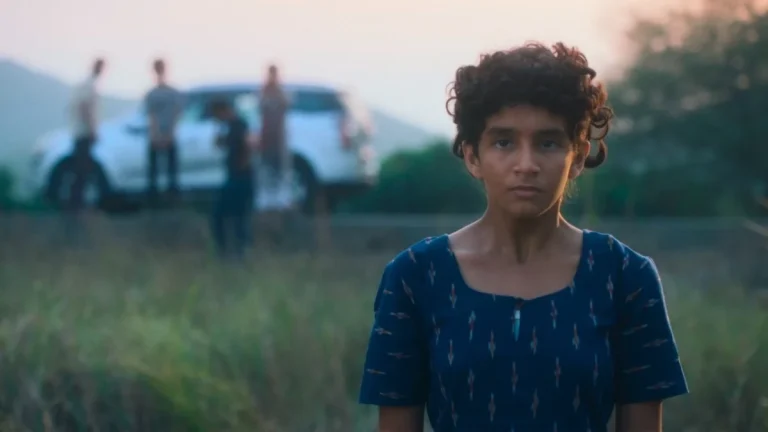
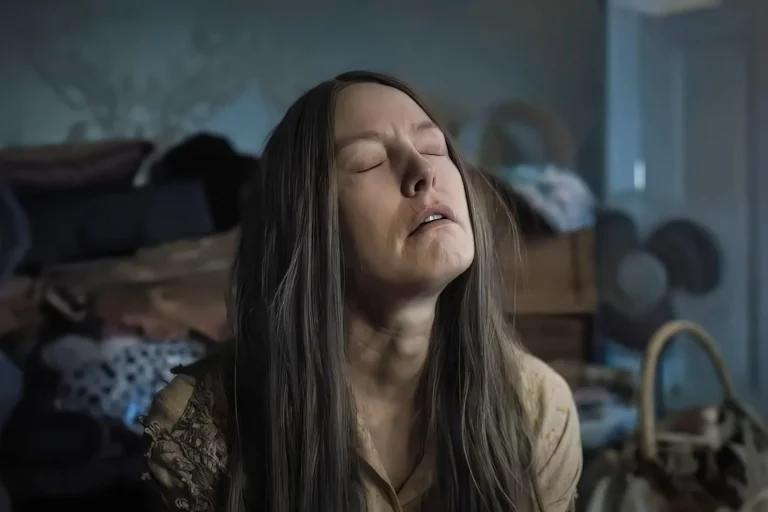
Ajá Haymore! I am so happy that you are writing for us – guiding us. In this review, your analysis of the plot and characters of Highest 2 Lowest is enlightened. The historical context of the film will draw people in. I am anxious to see this movie🙌🏼 It is true that riding out the highs and especially the lows of life brings wisdom and a deep understanding of oneself – an appreciation of the journey. Maybe a great choice to watch on this this Labor Day weekend 💯